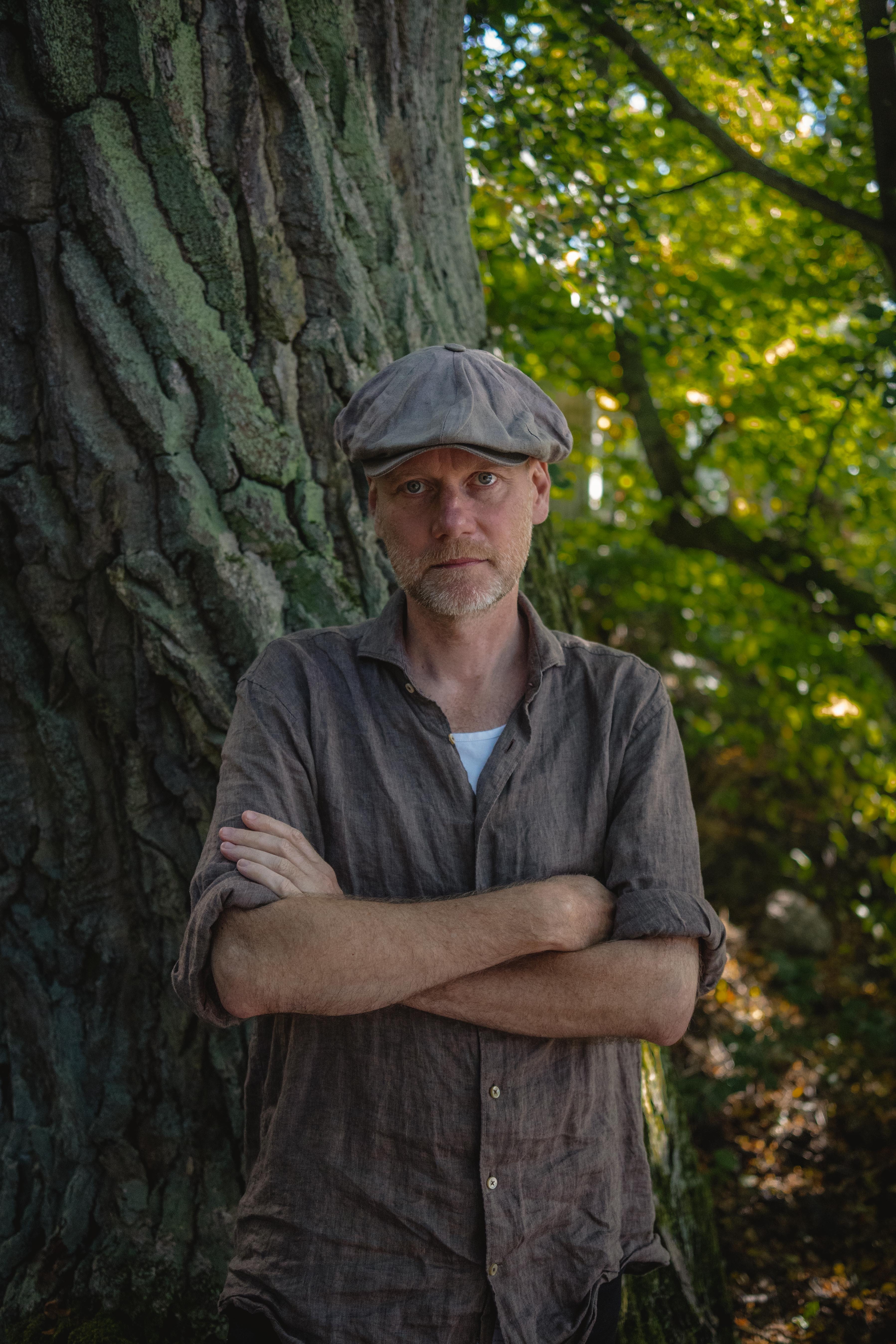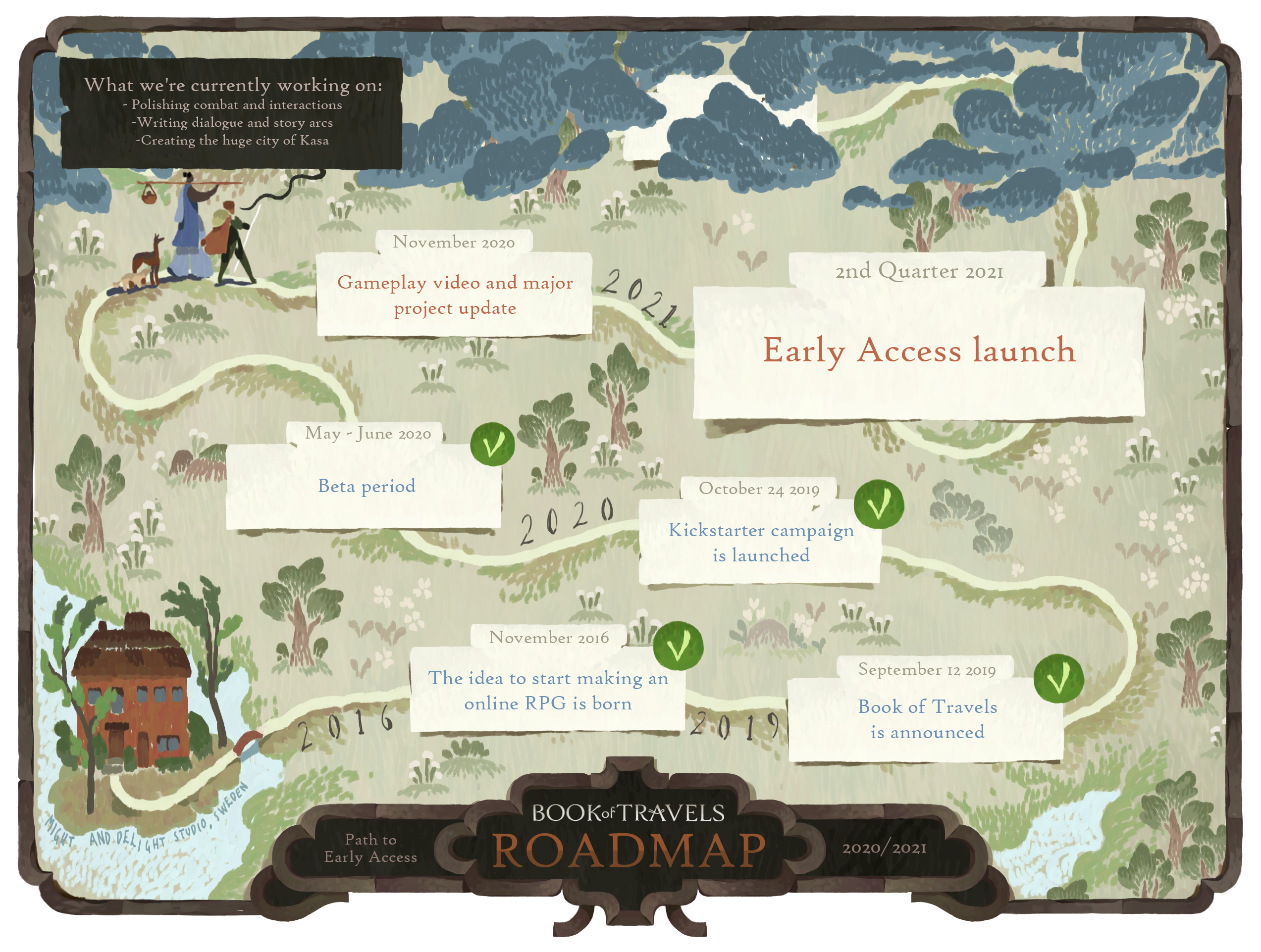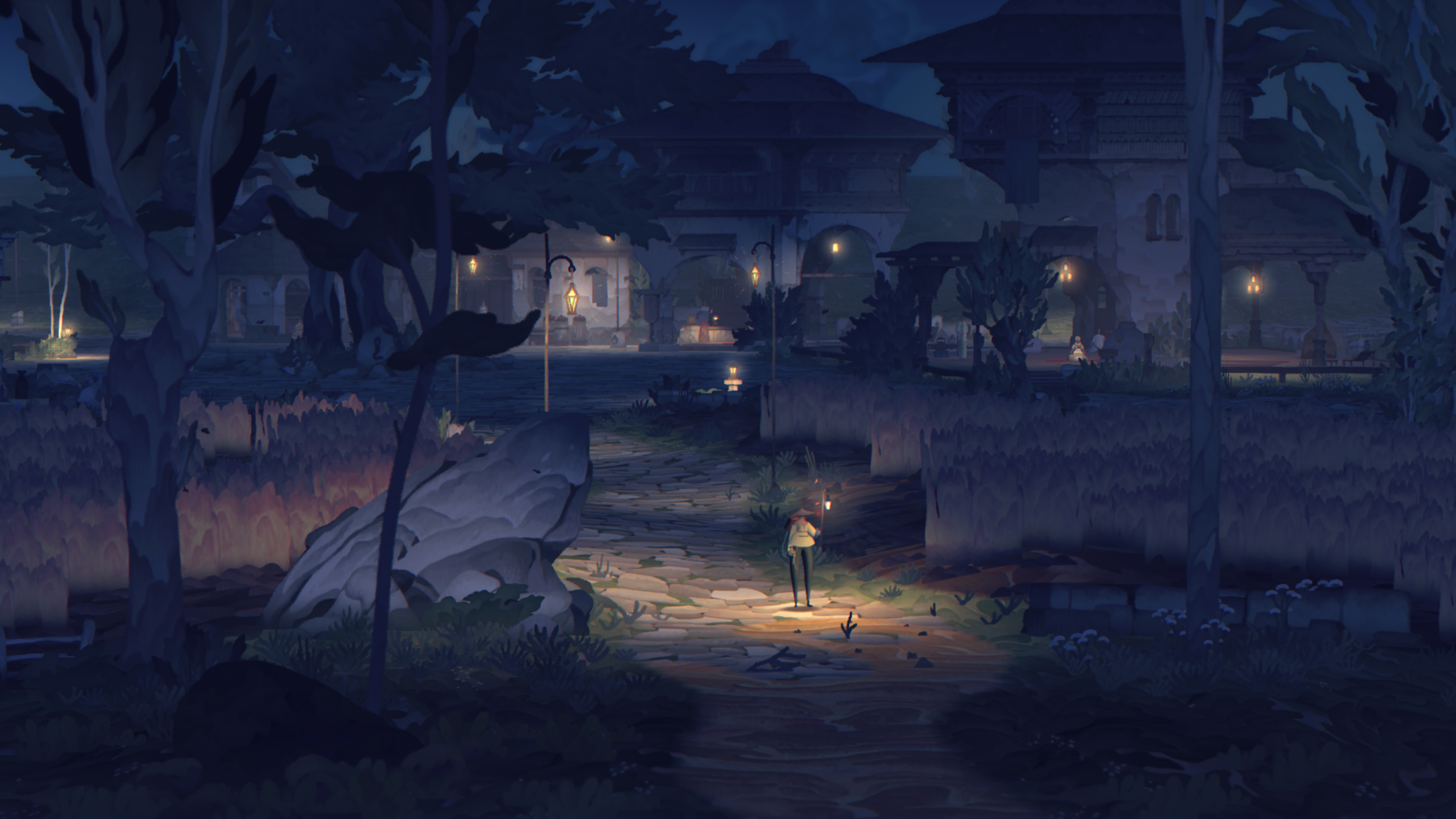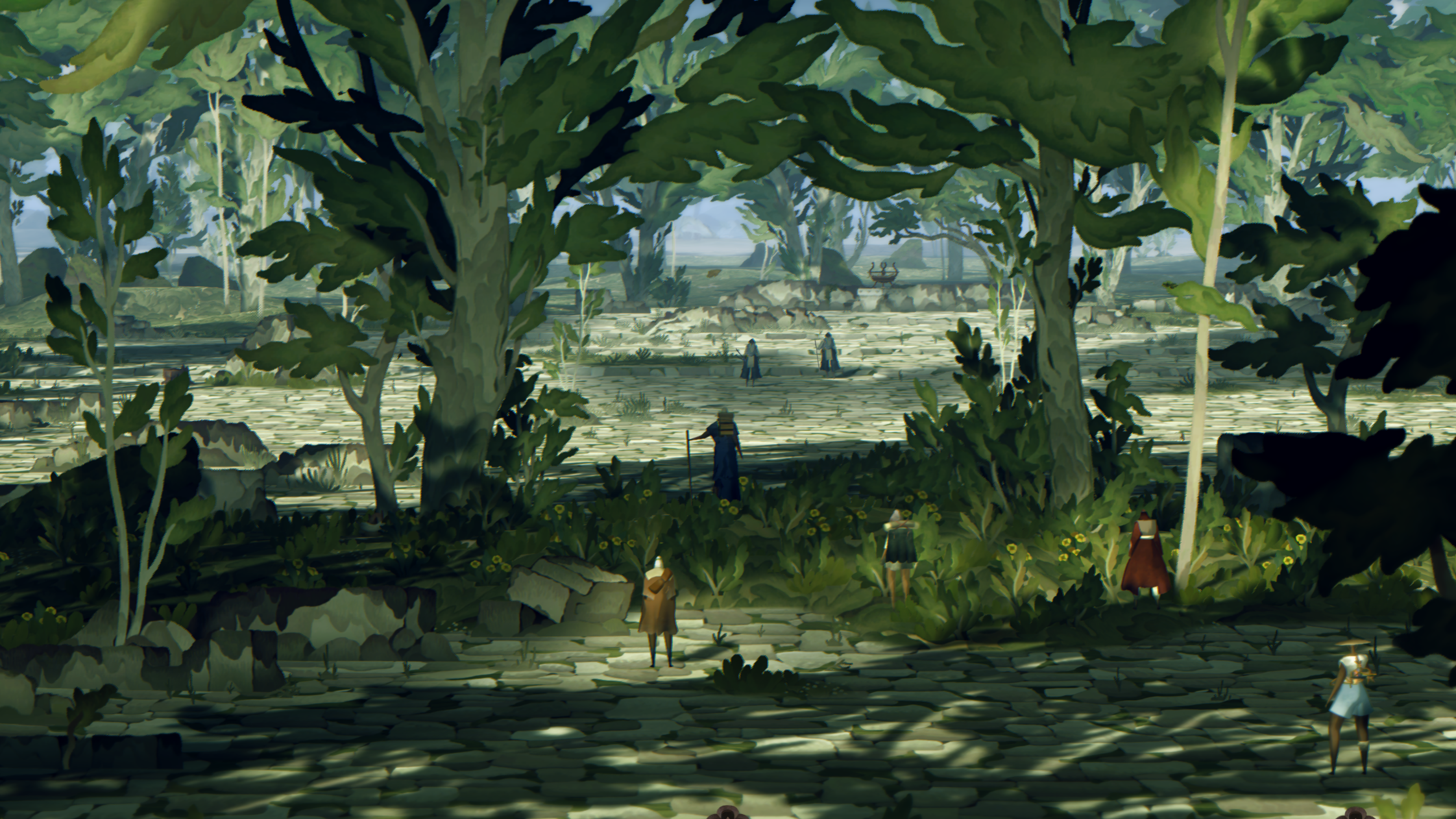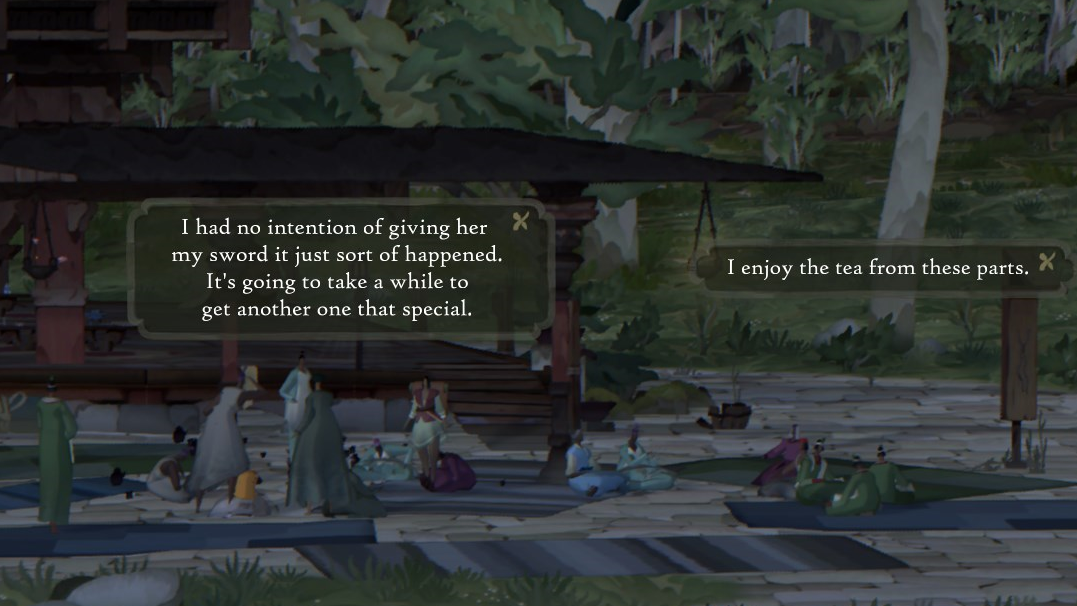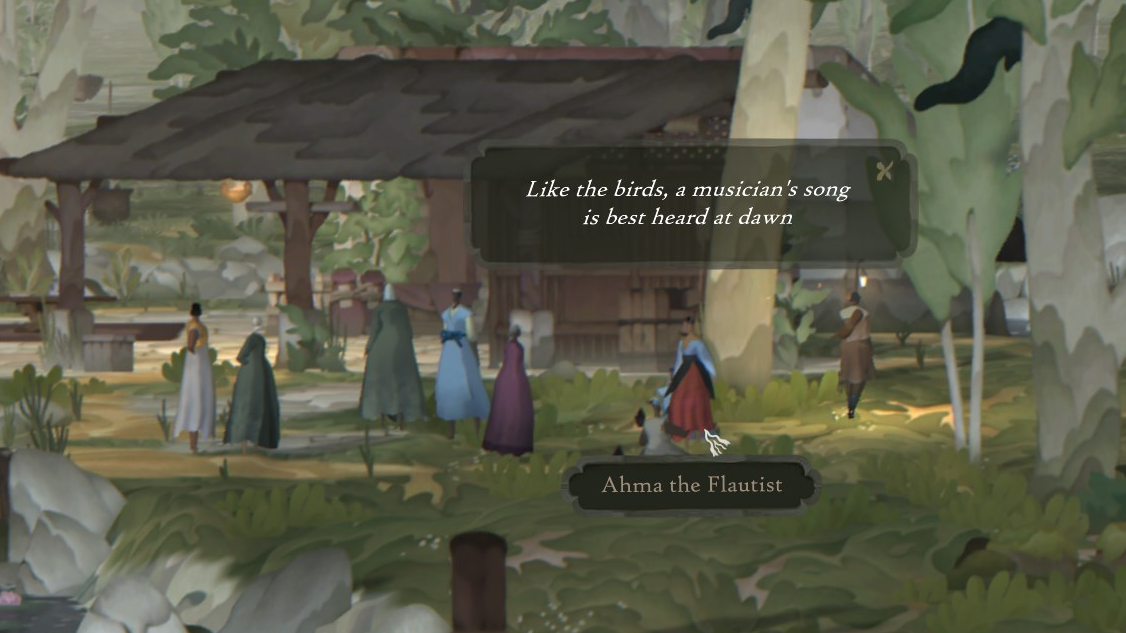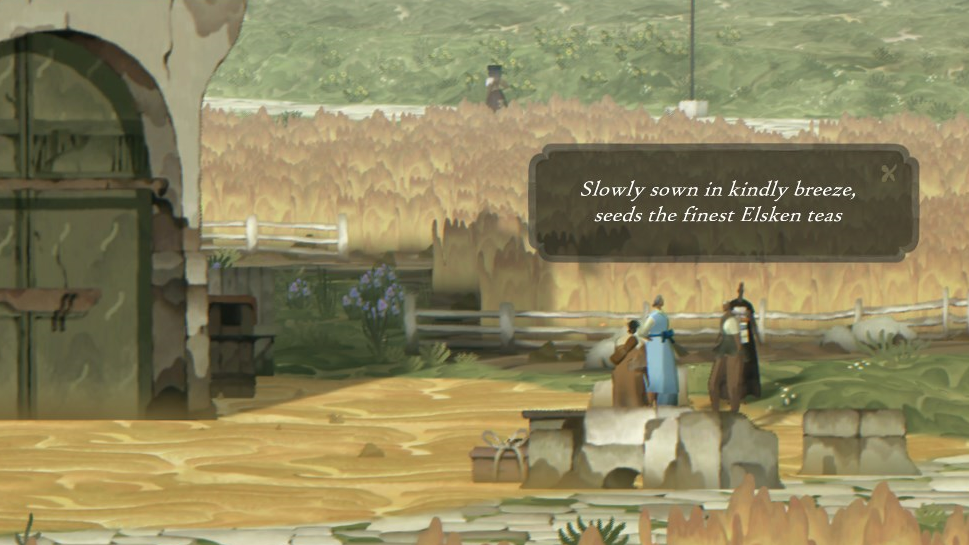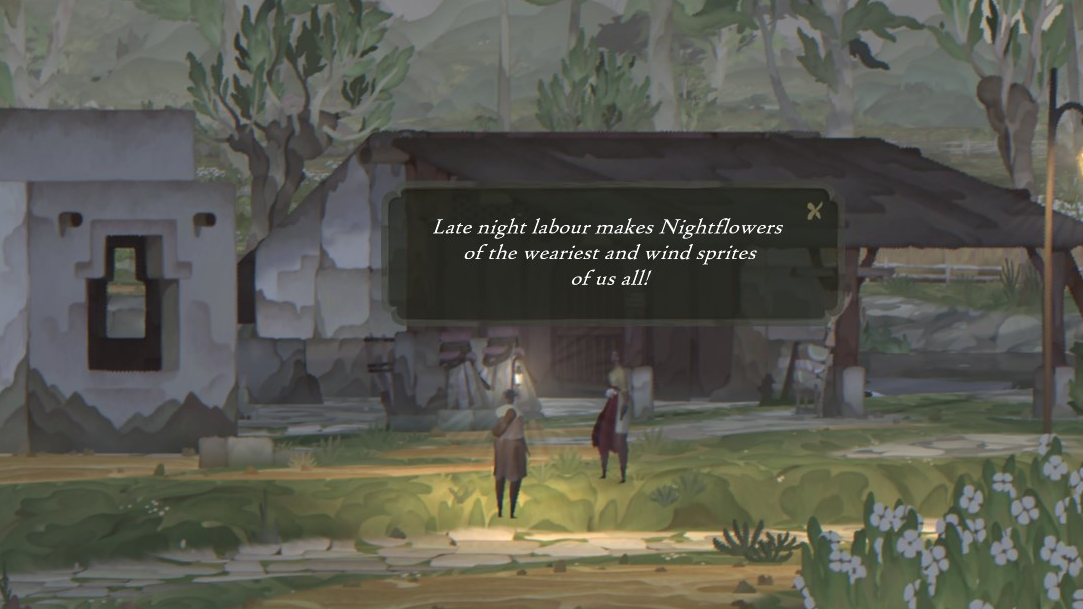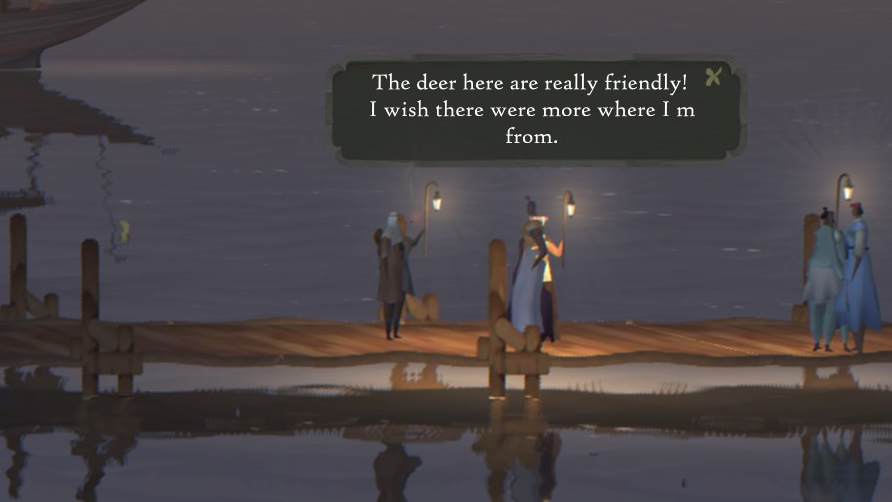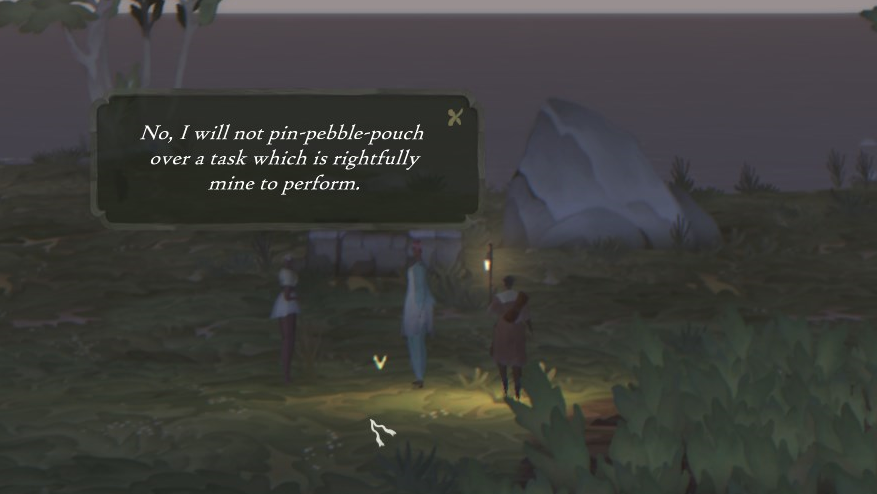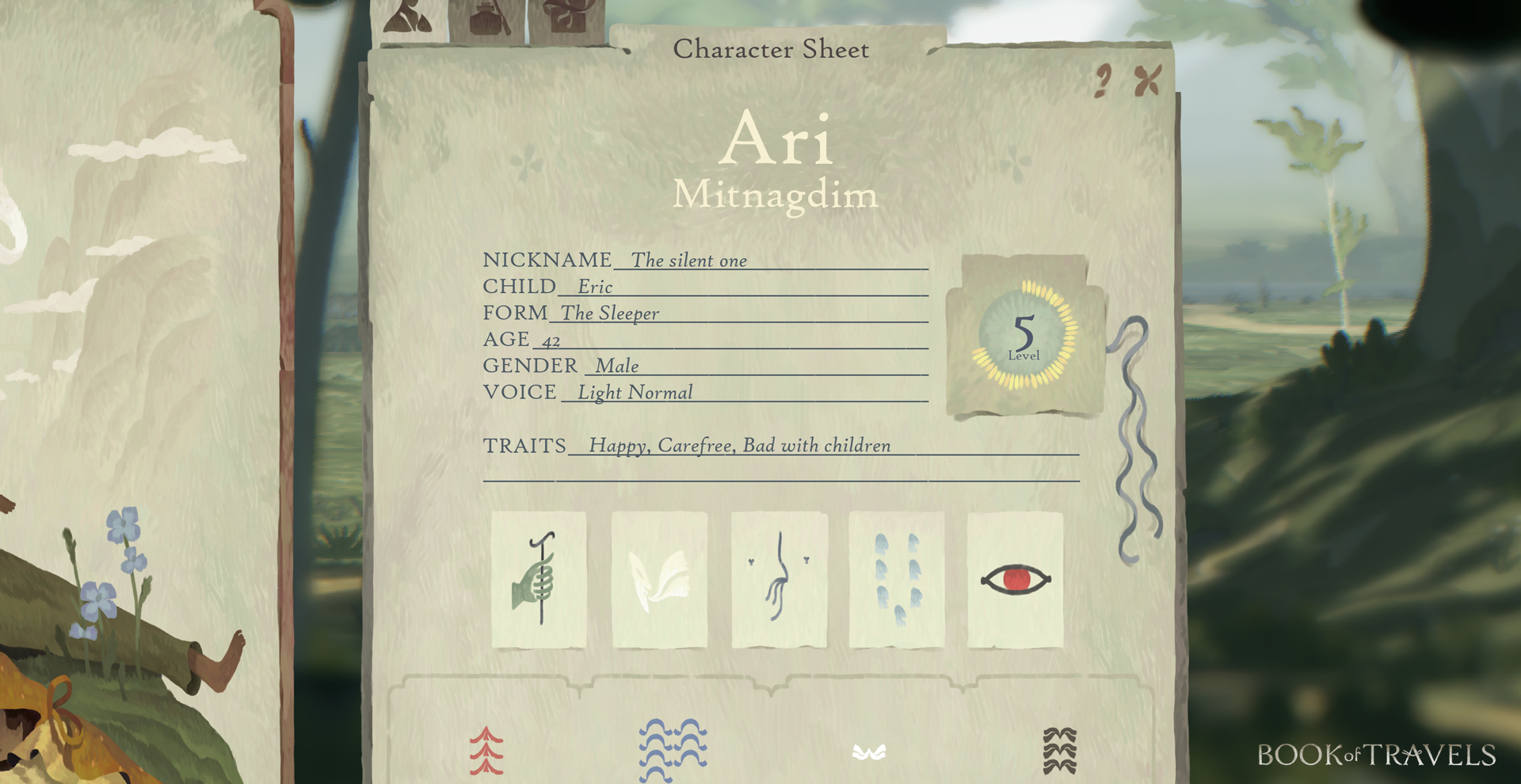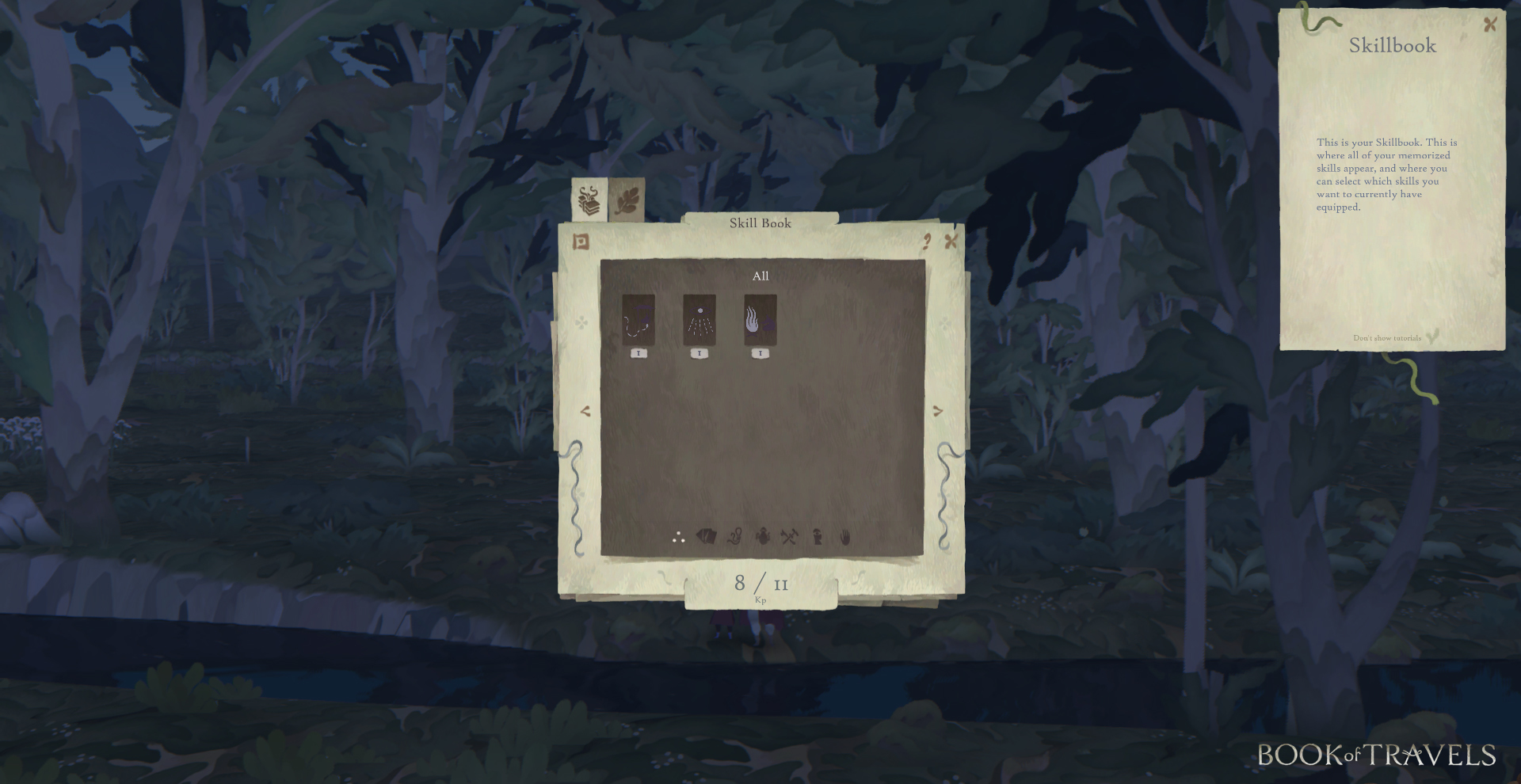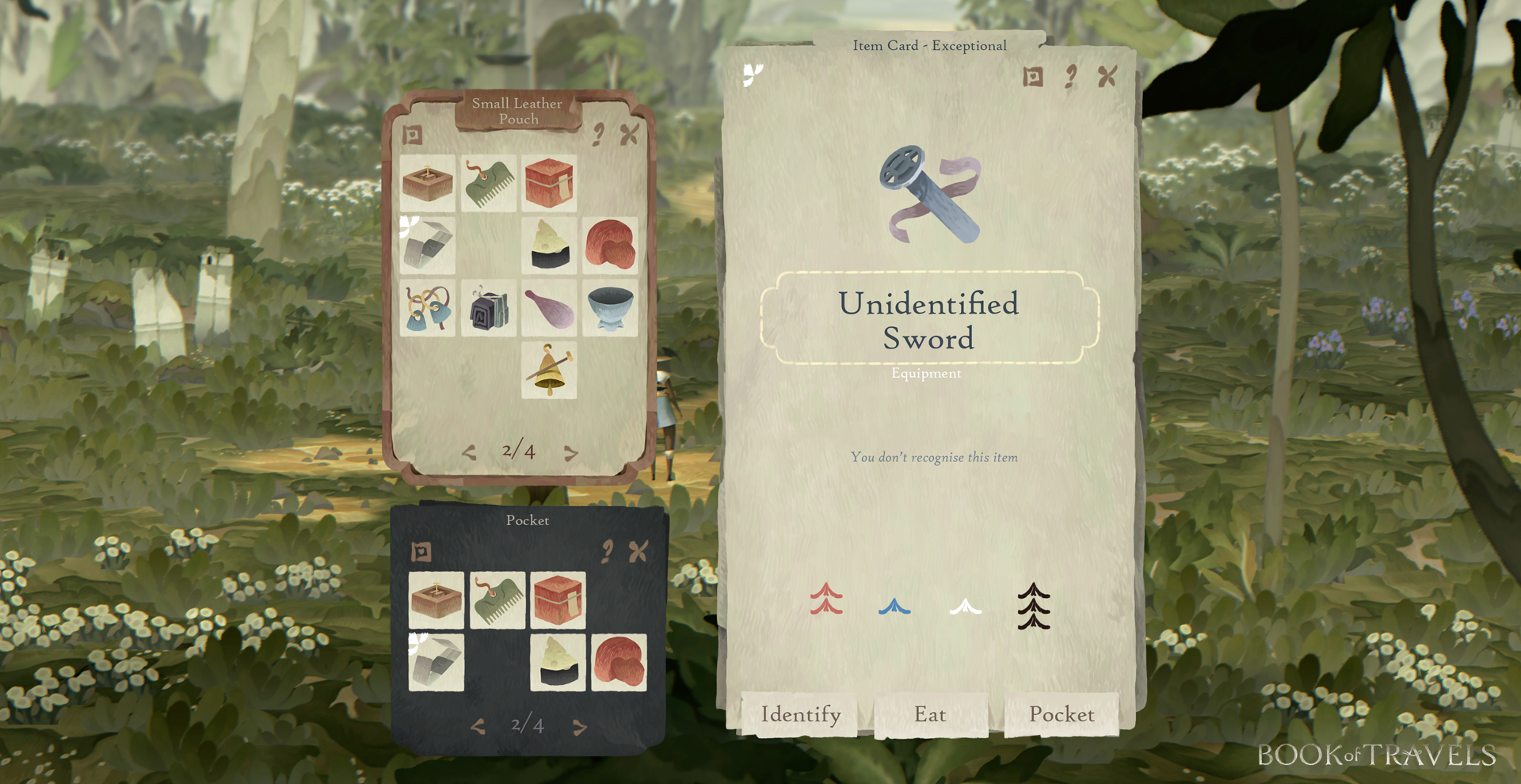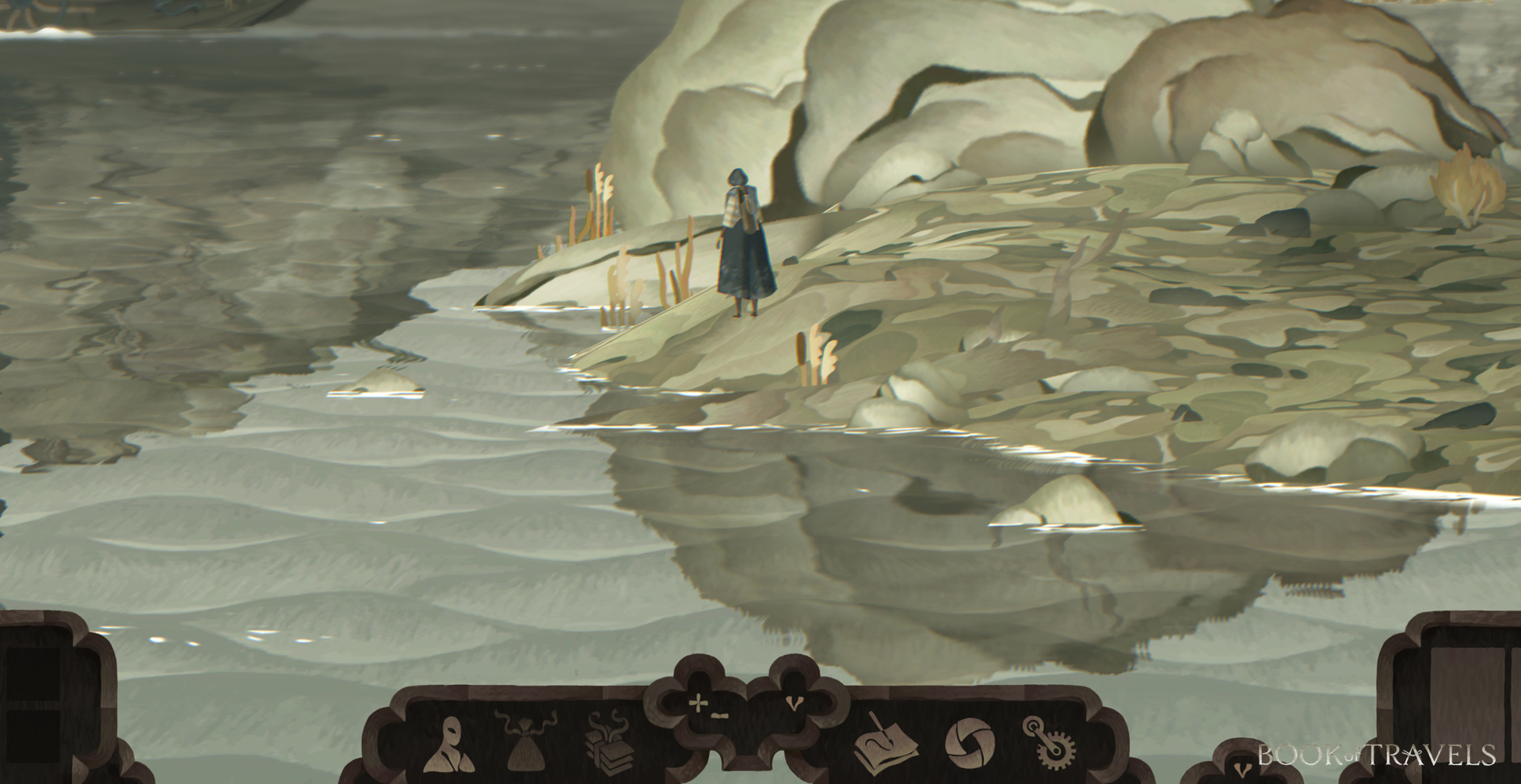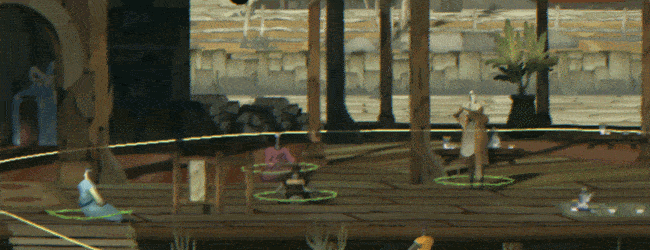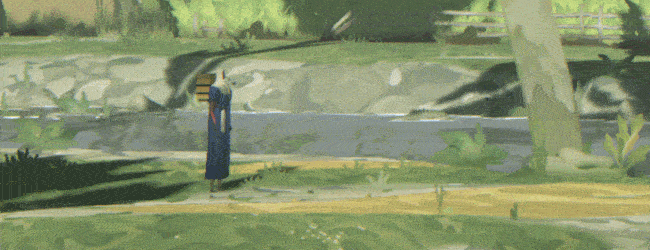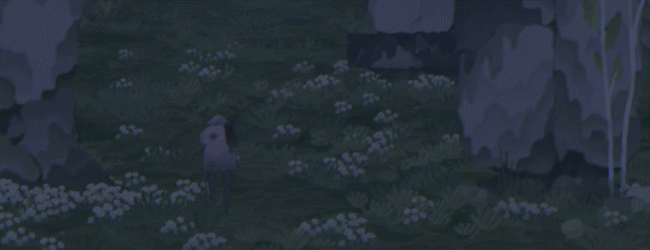
Oct 16, 2020
Book of Travels - MaD_Helen
We’ve used the term TMORPG ever since Book of Travels was announced back in September 2019, and if you’ve ever wondered why, we’re here to explain... The T in TMO signals an alternative to the more common industry standard MMORPG (Massive Multiplayer Online Roleplaying Game) putting 'tiny' in the place of 'massive'. Essentially, it means that players per server are limited and meetings between players will be uncommon.
If you’ve seen our Kickstarter campaign video the abbreviation may sound familiar, and we’ve been really pleased to notice that for some, it’s one of the game’s biggest attractions. While it’s not exactly a genre, we think it works pretty well to describe a game where the amount of online players is capped. The result is that meeting other players is not commonplace and therefore, something a bit special.

And of course feel free to add “Book of Travels” to your wishlist using the button below!
Thanks again for spending time with us!
Best Wishes,
Helen and the Dev Team x
https://store.steampowered.com/app/1152340/Book_of_Travels/
Read more in this post: Inspirations for Book of Travels!
If you’ve seen our Kickstarter campaign video the abbreviation may sound familiar, and we’ve been really pleased to notice that for some, it’s one of the game’s biggest attractions. While it’s not exactly a genre, we think it works pretty well to describe a game where the amount of online players is capped. The result is that meeting other players is not commonplace and therefore, something a bit special.
It all began with Meadow
Might and Delight’s first networked game, Meadow, was something of an experiment, bringing the style and ambience of the Shelter series to an open game world where small groups of players can bound around together in animal guise, unlocking magic obelisks and communicating with emotes. The response we had from players was incredibly positive – they loved the magic of sharing wordless adventures together. Four years on, we’re proud to say that the Meadow forum and Discord channel is filled with stories of special moments of meeting and connection. 
Find the Few
Feedback on the emotional impact of these connections took us by surprise, and we soon knew that the TMO experience was something we wanted to explore further. Players of Journey will know exactly how moving it can be to chance upon another player, especially in a non-directive, non-linear game world. In Journey, the multiplayer aspect is pushed to the limit of its definition: meetings with ‘companions’ being as few as one per game (and make for a truly sublime emotional beat). In Meadow up to fifty animals share a grove, and in Book of Travels we’ll be using our Early Access period to experiment with player numbers.The game design challenge
While this isn’t entirely new ground for us, we know it's going to be a challenge. There are many table top roleplayers in the Book of Travels dev team, and they know just how important player interactions are in bringing adventures to life. So, striking a balance between rich roleplay and sparsity of player meetings is the challenge that we now face! We’ll be counting heavily on your feedback and the help of beta testers to finetune that balance.Help us in our endeavours!
What games have you enjoyed where player meetings are infrequent? Do you love RPGs? How do you feel about fewer meetings? We’d love your input, right here in the comments section. If you'd like to join our mailing list for updates and occasional free extras, join us here. And of course feel free to add “Book of Travels” to your wishlist using the button below!
Thanks again for spending time with us!
Best Wishes,
Helen and the Dev Team x
https://store.steampowered.com/app/1152340/Book_of_Travels/
Want more info?
Become a traveller
Sign up on our mailing list for news and an in-game treat in our upcoming game at https://m-n-d.games/BoT/Steam/30min/Traveller_signup. Inspirations for Book of Travels
We’ve been deeply gratified to read all your comments on Kickstarter, Steam and Discord. In particular those that have lead us to books, art and other media that you feel share similarities with our TMORPG. Therefore we’ve dedicated a post to the key inspirations behind Book of Travels.Read more in this post: Inspirations for Book of Travels!
Revealing the Early Access World
Later this year Book of Travels will be available for Early Access on Steam. In Chapter Zero parts of the Braided Shore will be open, and among the places to visit is the gem of the region – the city of Kasa. Read more here. Join our Discord
Join our super friendly Discord to exchange ideas on all things Book of Travels as well as art, games and books. Join here.





